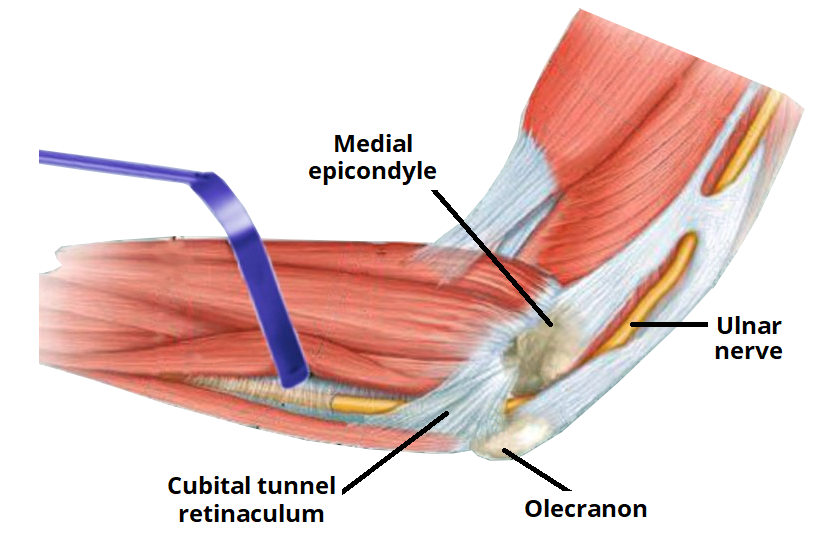Tunnel Syndrome

Tunnel syndrome is caused by pressure on the median nerve. The carpal tunnel is a narrow passageway surrounded by bones and ligaments on the palm side of the hand. When the median nerve is compressed, symptoms can include numbness, tingling, and weakness in the hand and arm. The anatomy of the wrist, health problems and possibly repetitive hand motions can contribute to carpal tunnel syndrome. Carpal tunnel syndrome is a common condition that causes numbness, tingling, and pain in the hand and forearm. The condition occurs when one of the major nerves to the hand — the median nerve — is squeezed or compressed as it travels through the wrist.
In most patients, carpal tunnel syndrome gets worse over time. If untreated for too long, it can lead to permanent dysfunction of the hand, including loss of sensation in the fingers and weakness. for this reason, it is important to diagnose and treat carpal tunnel syndrome promptly.
If pressure on the median nerve continues, however, it can lead to nerve damage and worsening symptoms. To prevent permanent damage, surgery to take pressure off the median nerve may be recommended for some patients.
Proper treatment usually relieves the tingling and numbness and restores wrist and hand function.
Symptoms of carpal tunnel syndrome may include:
- Numbness, tingling, burning, and pain — primarily in the thumb and index, middle, and ring fingers. This often wakes people up at night.
- Occasional shock-like sensations that radiate to the thumb and index, middle, and ring fingers
- Pain or tingling that may travel up the forearm toward the shoulder
- Weakness and clumsiness in the hand — this may make it difficult to perform fine movements such as buttoning your clothes
- Dropping things — due to weakness, numbness, or a loss of proprioception (awareness of where your hand is in sp
In most cases, the symptoms of carpal tunnel syndrome begin gradually, without a specific injury. Many patients find that their symptoms come and go at first. However, as the condition worsens, symptoms may occur more frequently or may persist for longer periods of time.
Night time symptoms are very common. Because many people sleep with their wrists bent, symptoms may awaken you from sleep. During the day, symptoms often occur when holding something for a prolonged period of time with the wrist bent forward or backward, such as when using a phone, driving, or reading a book.
